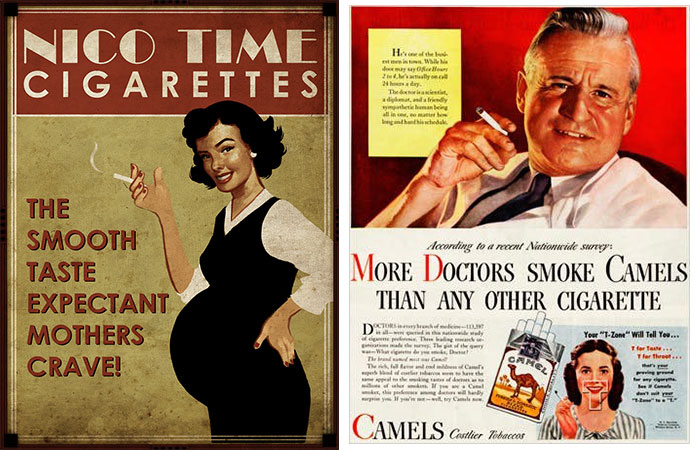5G, which stands for 5th generation, is the latest and fastest version of cellular internet which can be up to 100 times faster than its previous self, 4G.
There are many concerns about everyday environmental factors which may be affecting our health unbeknown to us; microwaves- do they really transmit carcinogenic radiation into our food? According to the World Health Organisation, there is no evidence that cooking food in a microwave can cause cancer however, microwave radiation can heat body tissue in the same way it heats up food, so standing too close to microwaves can be harmful to areas such as the eyes and testes which have very little blood flow to carry away the excess heat. The microwave is still fairly young, first introduced in 1967, has it been around long enough to measure any long-term danger?
The installation of 5G is no different when it comes to health concerns and has sparked a significant amount of scepticism worldwide, mainly due to the number of conspiracy theories fuelled by 5G- the main one being that the Covid-19 pandemic is a set up to ‘distract’ or ‘cover up’ the fact that it is in fact 5G radiation, which is making people unwell. Technology is a fascinating, intricate and elusive element in everyone’s lives, so it is understandable that some people may feel as though there must be a flaw within the realm of 5G’s high frequency airwaves and super-fast speeds.
The International Agency for Research on Cancer (IARC) are a sector within the World Health Organisation (WHO) who research, then categorise environmental causes of cancer. There is a total of six categories, the first category being elements that are medically and scientifically proven to cause Cancer, and the last category being substances that have no recorded evidence they cause or contribute towards the mutation of Cancer.
5G radiation has been placed in the IARC’s Monograph in category ‘Group 2B’ (below) for one or any of the following reasons;

Group 2B in the IARC’s Monographs.
Other substances that are also placed in the ‘Group 2B’ category
- Mobile Phones
- Aloe Vera
- Pickled Vegetables
- Talcum Powder
- Dyes of a red and pink nature
- Petrol
Though some of the other substances placed in the ‘Group 2B’ category seem harmless, is it wise to assume that any of these, including 5G radiation, will not have any new harmful discoveries in the future? Not to forget, there was once a time when a certain toxic and deadly consumer product was recommended by doctors and even thought to have health benefits for people such as pregnant women, and people with Asthma. Smoking is now recognised worldwide as the leading cause of avoidable disease and is responsible for around 480,000 deaths per year in the UK.

The main issue regarding more recent potential environmental carcinogenic risk factors, is that they simply have not been around long enough for their impact to be adequately measured and researched. Whether 5G radiation poses danger or not, your health is your most important asset and should never be compromised. If you have any concerns at all, the safest option is to undergo a Health Assessment, which at Echelon Health, can detect 92% of diseases which contribute towards premature death.
At Echelon Health, we strongly believe that prevention is better than cure. We offer screenings for diseases which may be lingering in your body, symptom-less and unnoticed. Early detection is the main contributing factor which influences your survival rate, so if we do find anything, we can quickly refer you to get it treated.
To find out more about the lives we have saved, visit: https://www.echelon.health/medical-facts/case-studies/
Sources
IARC.fr- IARC Monograph Questions And Answers
5G.co.uk- All Of Your Questions And Answers
Cancer.org- General Information About Carcinogens